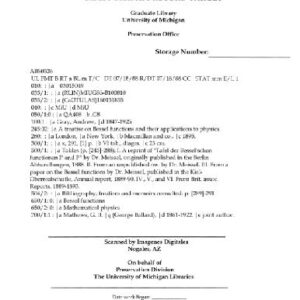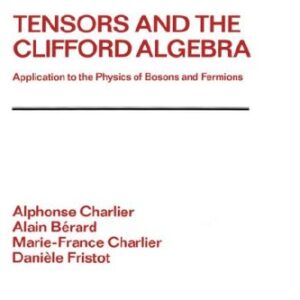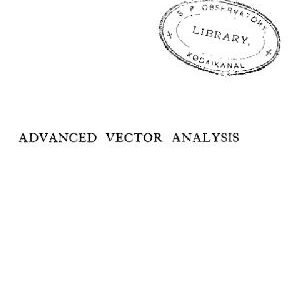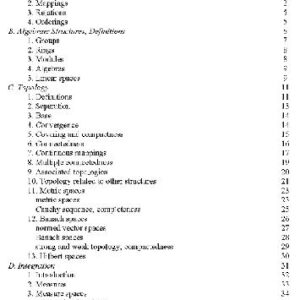International Series in Pure and Applied Mathematics WILLIAM TED MARTIN. CALCULUS OF VARIATIONS. PREFACE: There seems to have been published, up to the present time, no English language volume in which an elementary introduction to the calculus of variations is followed by extensive application of the subject to problems of physics and theoretical engineering. The present volume is offered as partial fulfillment of the need for such a book. Thus its chief purpose is twofold : ( i) To provide for the senior or first-year graduate student in mathe matics, science, or engineering an introduction to the ideas and techniques of the calculus of variations. ( The material of the first seven chapters with selected topics from the later chapters has been used several times as the subject matter of a 10-week course in the Mathematics Department at Stanford University.) ( ii) To illustrate the application of the calculus of variations in several fields outside the realm of pure mathematics. ( By far the greater emphasis is placed upon this second aspect of the book’s purpose.) The range of topics considered may be determined at a glance in the table of contents. Mention here of some of the more significant omis sions may be pertinent: The vague, mechanical d method is avoided throughout. Thus, while no advantage is taken of a sometimes convenient shorthand tactic, there is eliminated a source of confusion which often grips the careful student when confronted with its use. No attempt is made to treat problems of sufficiency or existence: no consideration is taken of the second variation or of the conditions of Legendrc, Jacobi, and Weicrstrass. Besides being outside the scope of the chief aim of this book, these matters are excellently treated in the volumes of Bolza and Bliss listed in the Bibliography. Expansion theorems for the eigenfunctions associated with certain boundary-value problems are stated without proof. The proofs, beyond the scope of this volume, can be constructed, in most instances, on the basis of the theory of integral equations. Space limitations prevent inclusion of such topics as perturbation theory, heat flow, hydrodynamics, torsion and buckling of bars, Schwingcr’s treatment of atomic scattering, and others. However, the reader who has mastered the essence of the material included should have little difficulty in applying the calculus of variations to most of the subjects which have been squeezed out.
Physics
[PDF] Calculus Of Variations, With Applications To Physics And Engineering Robert Weinstock
$19.99

![[PDF] Calculus Of Variations, With Applications To Physics And Engineering Robert Weinstock](https://pdfelite.com/wp-content/uploads/2024/04/4007f9c98993ceed106169b3c4eb43c7-d.jpg)




Reviews
There are no reviews yet.